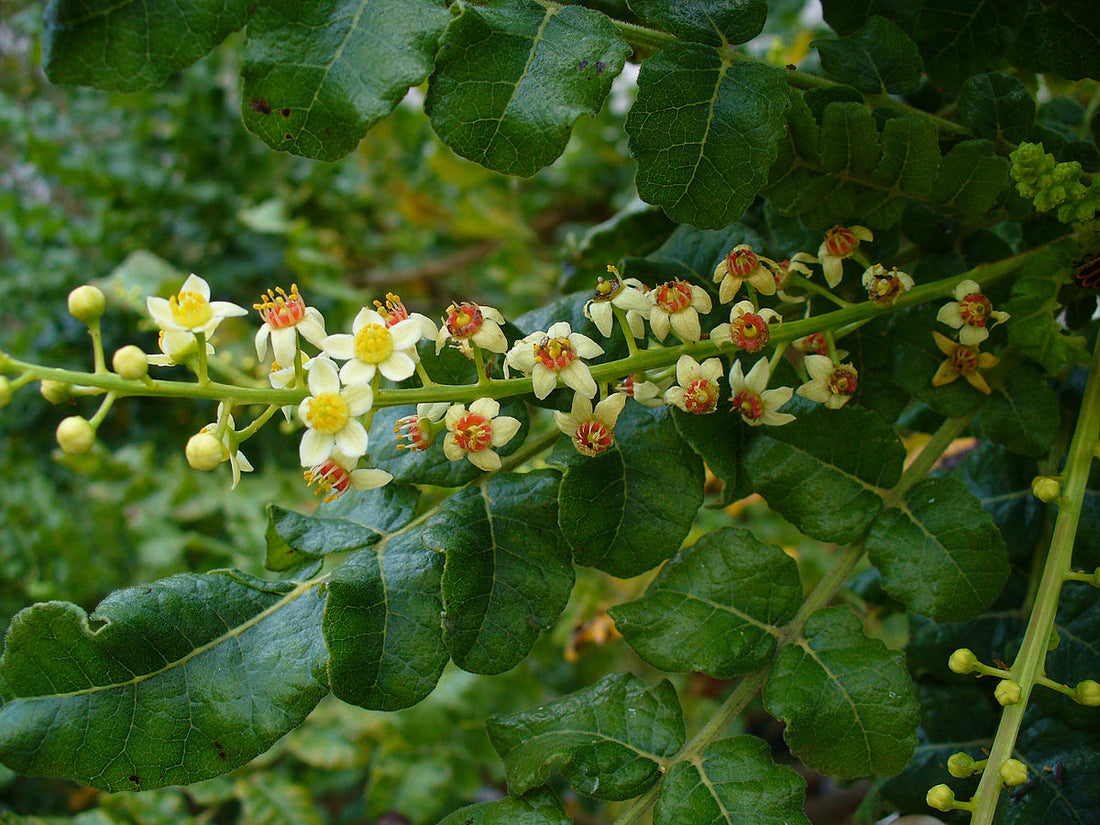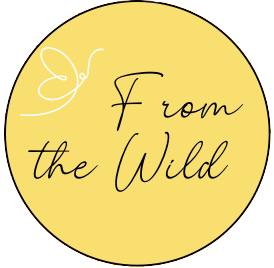
Epoxy Resin - What Is It and Is It Food-Safe?
Share
The interest in creating items with resin is growing rapidly today. Why? There’s so many things you can do with resin. Your individual creativity can go wild! Whether it’s a hobby or a business, it’s so much fun.
You can make resin projects from completely clear (great for dried flowers) to opaque with as colourful as you can imagine, with or without shimmer, glitters big and small and all shapes, sizes, textures and colours. There’s an incredible assortment of moulds where you can really choose the products you’d like to create. There’s no limits and that’s what I love about it. There’s different techniques you can use, and more. My favourite purpose for resin, is of course to preserve the beautiful dried flowers that nature provides for us.
It’s important to me that my customers know what they are buying, so this article explores only the resins I use, although there are others that exist. There exists a ton of information on all types of resin and their uses for anyone who wants to explore further.
There are several types of resin, usable for different purposes. I create small jewelry and functional pieces for the home with resin. The resins I use are liquid forms of UV and epoxy.
SO WHERE DOES RESIN COME FROM?
Epoxy resin can be in liquid or solid forms, originating from plant or synthetic sources.
Some of you may be familiar with frankincense, a solid oleo gum resin. This particular resin comes from Boswellia trees (picture above) and has an incredible amount of benefits for those who are interested in exploring frankincense further. I personally never have used or bought a solid resin it but after researching it for this article, it’s on my shopping list and I can’t wait to buy some.
Liquid resin is classified as a synthetic resin, created in a lab. Liquid Epoxy is sold as a two-part system, the resin and hardener, that when mixed, forms the inert cured resin you see in completed projects.
All of our products are made with Ecopoxy Resin that contains tested bio-based ingredients. For my jewelry and other tiny objects, I use a liquid, bio-based containing, UV resin that resists yellowing over time (all resin will yellow over time) and resists scratches.
Currently, I use mainly clear resin for dried flowers. I’ve tried mixing it with colour or even sparkle and I find it just hides the flower. I experiment to find a nice marriage of the two but for now I create some products without flowers so I can just play around with colour. I don’t know about you, but for me that’s a lot of fun on it’s own.
Adding mica adds a lot of things to my resin projects. It adds colour, shine, even a vibe. For example, I feel the colours I use for my Windless Ashtrays is a vibe - with a bit of black, deep and dark browns, these ashtrays give off a smokey cool vibe if I may say so.
IS RESIN FOOD-SAFE?
Some resin manufacturers have FDA approval but once you add anything to the resin, it is deemed not food-safe.
Among other resin artists in this industry, there is a huge difference of opinion about whether or not epoxy resin is food-safe or not. For me, I need to see testing done to determine whether or not cured resin products are food-safe before I claim my products are “food-safe”.
But I’m going to play devil’s advocate here. Resin, once completely cured is considered an inert plastic, and therefore will not react. So if you put some food on it, is it going to wipe off some resin? Common sense will say no. But if scratches get on it after extensive use, or it drops and bits crack off, some mica, resin and whatever else is added, can attach to the food. That of course makes sense.
Since that is the case, I suggest you don’t use my jars or trays for anything to be consumed.
For those that are shopping around for, and buying, all the creative resin art out there, I hope this article leaves you with information of what you’re buying and what to use them for, or not use them for, with more clarity.
**Update** I now use Odie's Oil to make our products (excluding jewelry) waterproof and food-safe! So our Charcuterie and Cheese Boards
Love,
Elana
